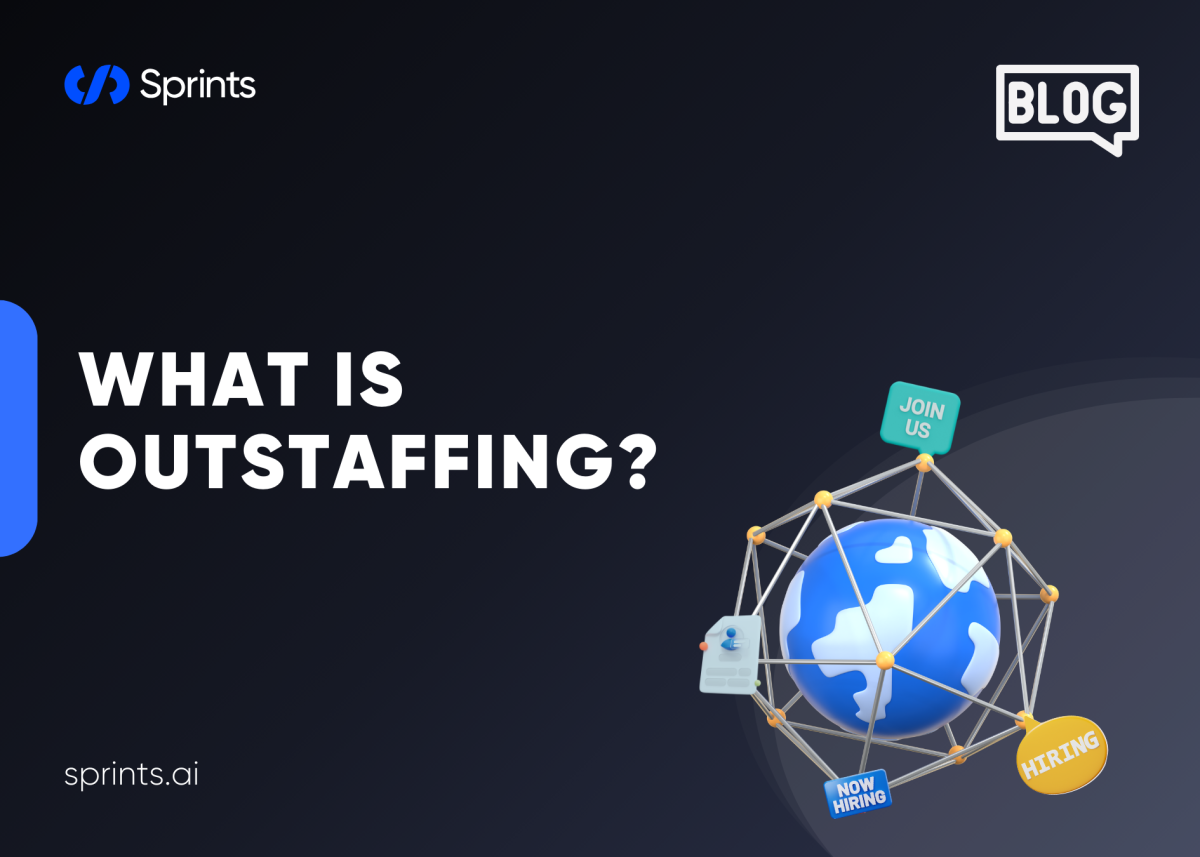
In today's competitive business landscape, companies are constantly searching for efficient ways to scale operations, reduce costs, and access top-tier talent. Outstaffing, often confused with outsourcing, is a strategic solution that offers flexibility and expertise without the overhead costs of in-house hiring. But what exactly is outstaffing, and how can it benefit your business? In this article, we'll dive into the details of outstaffing, compare it to outsourcing, and provide practical advice for implementing this model effectively.
Table of Contents
Understanding Outstaffing
Outstaffing vs. Outsourcing: What’s the Difference?
How Outstaffing Works
Benefits of outstaffing
Challenges to Consider
When to Choose Outstaffing Over Outsourcing
Industries That Benefit Most from Outstaffing
How to Find the Right Outstaffing Partner
Practical Tips for Success with Outstaffing
Conclusion: Is Outstaffing Right for Your Business?
Understanding Outstaffing
At its core, out staffing is a business model where a company hires remote employees through a third-party provider. These employees work exclusively for the hiring company, performing tasks and responsibilities as though they were part of the internal team.
Unlike traditional hiring, outstaffing allows businesses to sidestep administrative burdens like payroll, taxes, and benefits. The outstaffing provider handles these aspects, enabling companies to focus on core operations. This model is especially popular in industries like IT, where access to skilled developers and engineers is crucial.
Outstaffing vs. Outsourcing: What’s the Difference?
While outstaffing and outsourcing are often used interchangeably, they represent distinct approaches to staffing and project management. Here's a quick breakdown:
In short, outstaffing is ideal for businesses that want direct involvement in their projects, while outsourcing is better for those looking to delegate entire processes or tasks.
How Outstaffing Works
Implementing outstaffing typically involves the following steps:
Identifying Your Needs: Determine the roles, skills, and expertise required for your project.
Selecting a Provider: Choose an outstaffing agency with a proven track record in your industry.
Screening Candidates: The provider presents a pool of candidates, and you select the ones that best fit your needs.
Onboarding Remote Employees: Integrate outstaffed employees into your workflows, providing necessary tools and training.
Ongoing Management: Manage the outstaffed team as you would your in-house team, while the provider handles HR and administrative tasks.
Benefits of Outstaffing
Outstaffing offers numerous advantages, making it a preferred choice for companies worldwide. Below are some key benefits:
Access to Global Talent: Outstaffing connects you with skilled professionals from around the world.
Cost Savings: Reduce expenses related to recruitment, office space, and employee benefits.
Scalability: Easily scale your team up or down based on project demands.
Time Efficiency: Skip lengthy hiring processes and get projects moving faster.
Focus on Core Business: Delegate HR and administrative tasks to the outstaffing provider.
Challenges to Consider
While outstaffing offers many benefits, it’s not without its challenges:
Communication Barriers: Time zones, cultural differences, and language barriers can affect collaboration.
Integration Issues: Remote employees may feel disconnected from the in-house team.
Management Overhead: Despite the provider handling HR tasks, managing remote employees requires effort and coordination.
To overcome these challenges, companies should establish clear communication channels, provide regular updates, and foster a sense of inclusion among remote workers.
When to Choose Outstaffing Over Outsourcing
Outstaffing is best suited for businesses that:
Need specialized skills for long-term projects.
Want to maintain control over workflows and processes.
Are looking for cost-effective alternatives to in-house hiring.
Operate in industries like software development, digital marketing, or engineering.
By contrast, outsourcing is ideal for tasks that don’t require day-to-day management, such as customer support or content production.
Industries That Benefit Most from Outstaffing
While outstaffing can be applied across various sectors, certain industries have seen exceptional success with this model:
IT and Software Development:
Hiring skilled developers for app or web development projects.
Digital Marketing:
Expanding teams with content creators, SEO specialists, or social media managers.
Healthcare:
Integrating remote medical coders, transcriptionists, or analysts.
Finance:
Employing remote accountants or data analysts for critical financial tasks.
How to Find the Right Outstaffing Partner
Choosing the right outstaffing provider is crucial for success. Here are some tips to help:
Research the Provider: Look for reviews, case studies, and client testimonials.
Assess Their Expertise: Ensure they have experience in your industry and access to the talent you need.
Consider Scalability: Select a partner who can accommodate your changing needs.
Evaluate Communication Tools: Ensure they offer reliable communication and project management systems.
Request Transparency: Understand the provider’s pricing, services, and responsibilities.
Practical Tips for Success with Outstaffing
To make the most of outstaffing, follow these best practices:
Set Clear Expectations: Define roles, responsibilities, and performance metrics for remote employees.
Leverage Technology: Use collaboration tools like Slack, Trello, or Zoom to streamline workflows.
Foster Team Integration: Include outstaffed employees in team meetings, celebrations, and decision-making processes.
Provide Regular Feedback: Offer constructive feedback to help remote workers improve and align with your goals.
Conclusion: Is Outstaffing Right for Your Business?
Outstaffing is a versatile, cost-effective solution for companies seeking skilled talent without the complexities of in-house hiring. By understanding the differences between outstaffing and outsourcing, identifying your needs, and partnering with the right provider, you can unlock new opportunities for growth and innovation.
Ready to explore outstaffing for your business? Start by evaluating your current workforce needs and researching reputable outstaffing providers.



